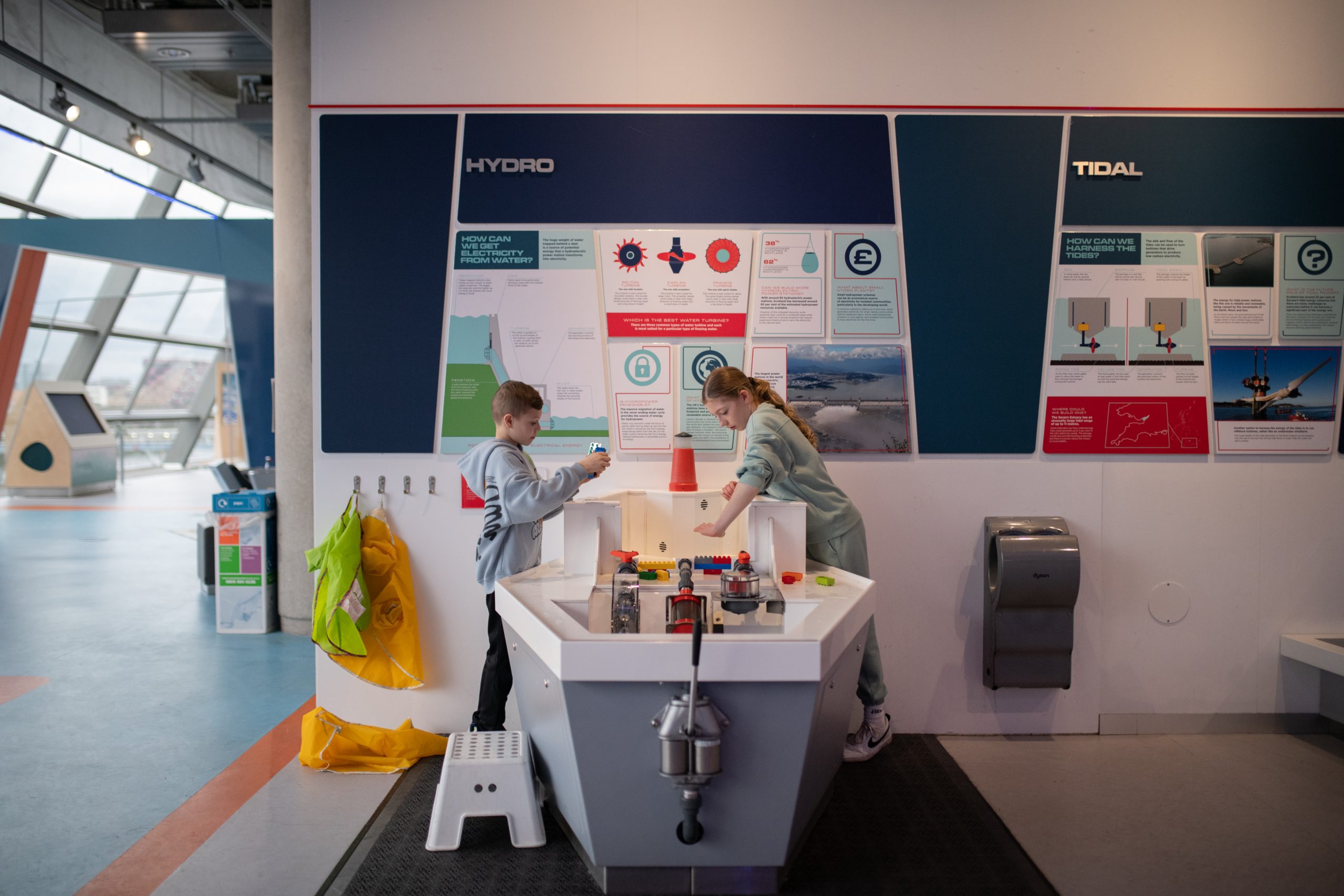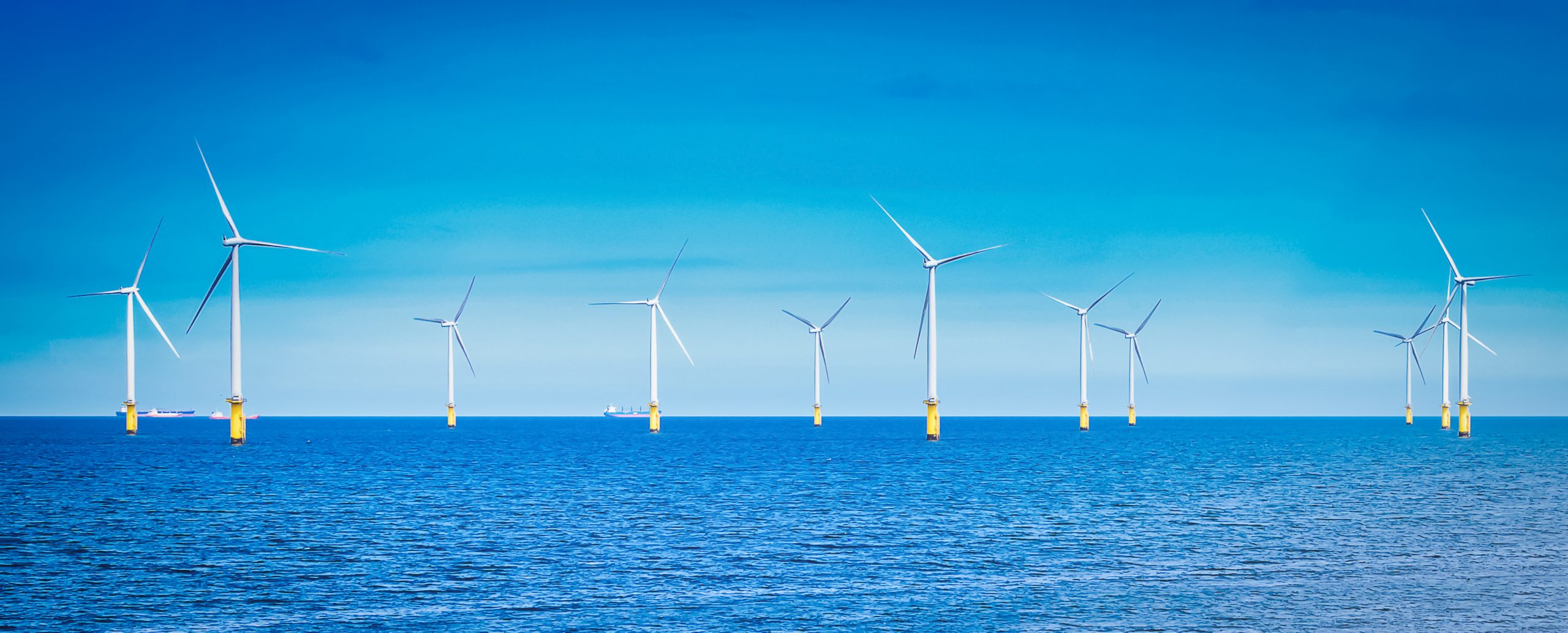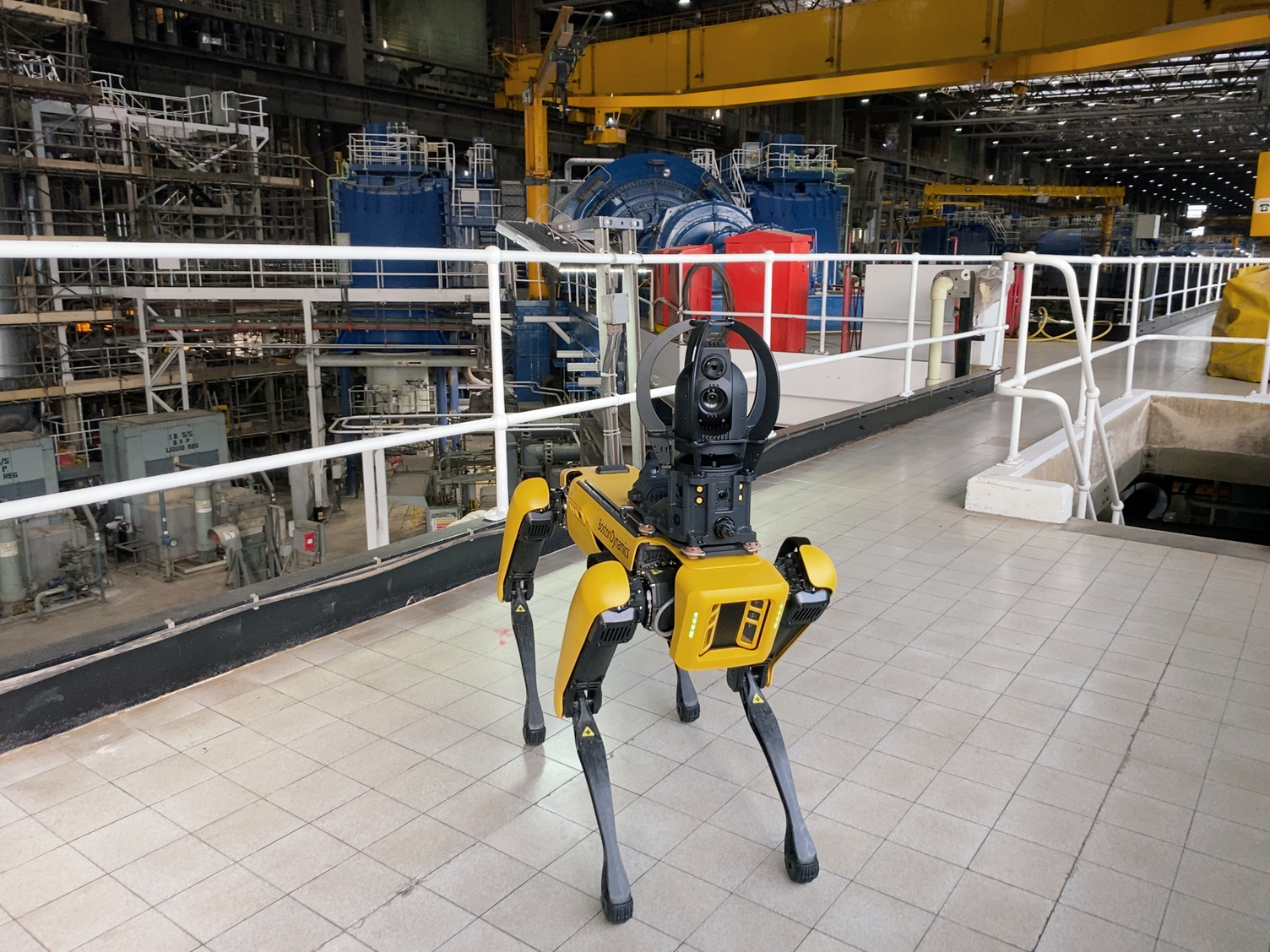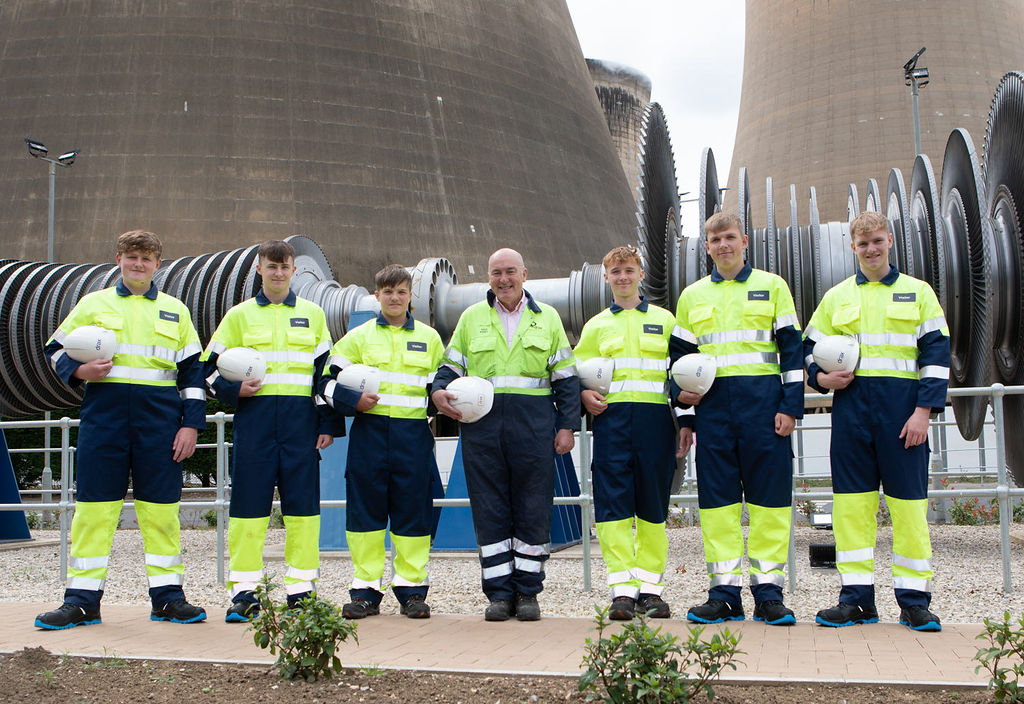
In the spirit of Halloween, Drax’s Community and Engagement team hosted a range of spine-tingling STEM (science technology engineering and maths) themed activities to suit children of all ages and inspire their creativity. Young people made slime, crafted bone bridges, and created spooky spoon figures.
Drax’s visitor centre team also staged a ghost hunt in the woods surrounding the Skylark Centre for more adventurous children, where they could try and find Halloween spirits. The team also tested the attendees’ knowledge of the occasion with a Halloween quiz trail.
This Halloween celebration wasn’t just about thrills, but also helping local animals who call the site and nearby area home. The on-site café raised funds for the local swan and wildlife hospital during the events, with more than £522.00 being donated.
Jane Breach, UK Community and Education Manager at Drax, said “We were thrilled to welcome more than 600 people to the Skylark Centre to entertain and educate young people during Halloween. Drax is committed to building a strong and positive community connection in the areas that we operate in the UK and around the world. We hope we’ve inspired families to reconnect with nature and get outdoors more often and enjoy the incredible sights we have on our own doorsteps.”
Established by Drax in the early 1970s, Skylark Centre and Nature Reserve now houses a variety of wildlife and serves as an important educational resource for schools, colleges, and local nature organisations.
For information on future events at Drax and the Skylark Nature Reserve, visit Facebook at https://www.facebook.com/DraxGroup/ or the Drax website at https://www.drax.com/visit-us/#events.
ENDS
Photo caption:
Image 1- Amber & Eden Kilmartin
Image 2: Connie Johnson, Violet Holt, Teddy Holt, Scarlet Whiteley (on the ghost walk with Community & Education officer Jane Worthington)
Media contacts:
Nicolas Morales
Communications Officer
E: [email protected]
T: 07756289343
About Drax
Drax Group’s purpose is to enable a zero carbon, lower cost energy future and in 2019 announced a world-leading ambition to be carbon negative by 2030, using bioenergy with carbon capture and storage (BECCS) technology.
Drax’s around 3,000 employees operate across three principal areas of activity – electricity generation, electricity sales to business customers and compressed wood pellet production and supply to third parties. For more information visit www.drax.com
Power generation:
Drax owns and operates a portfolio of renewable electricity generation assets in England and Scotland. The assets include the UK’s largest power station, based at Selby, North Yorkshire, which supplies five percent of the country’s electricity needs.
Having converted Drax Power Station to use sustainable biomass instead of coal it has become the UK’s biggest renewable power generator and the largest decarbonisation project in Europe. It is also where Drax is piloting the groundbreaking negative emissions technology BECCS within its CCUS (Carbon Capture Utilisation and Storage) Incubation Area.
Its pumped storage, hydro and energy from waste assets in Scotland include Cruachan Power Station – a flexible pumped storage facility within the hollowed-out mountain Ben Cruachan.
The Group also aims to build on its BECCS innovation at Drax Power Station with a target to deliver 4 million tonnes of negative CO2 emissions each year from new-build BECCS outside of the UK by 2030 and is currently developing models for North American and European markets.
Pellet production and supply:
The Group has 19 operational pellet plants and developments with nameplate production capacity of around 5 million tonnes a year.
Drax is targeting 8 million tonnes of production capacity by 2030, which will require the development of over 3 million tonnes of new biomass pellet production capacity. The pellets are produced using materials sourced from sustainably managed working forests and are supplied to third party customers in Europe and Asia for the generation of renewable power.
Drax’s pellet plants supply biomass used at its own power station in North Yorkshire, England to generate flexible, renewable power for the UK’s homes and businesses, and also to customers in Europe and Asia.
Customers:
Drax supplies renewable electricity to UK businesses, offering a range of energy-related services including energy optimisation, as well as electric vehicle strategy and management.
To find out more go to the website energy.drax.com
















